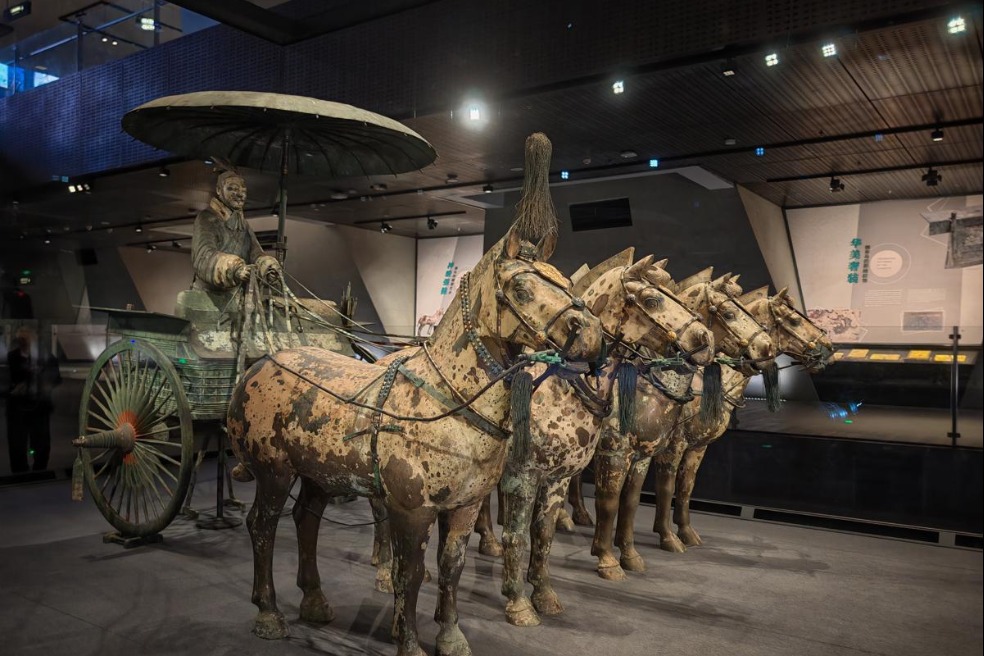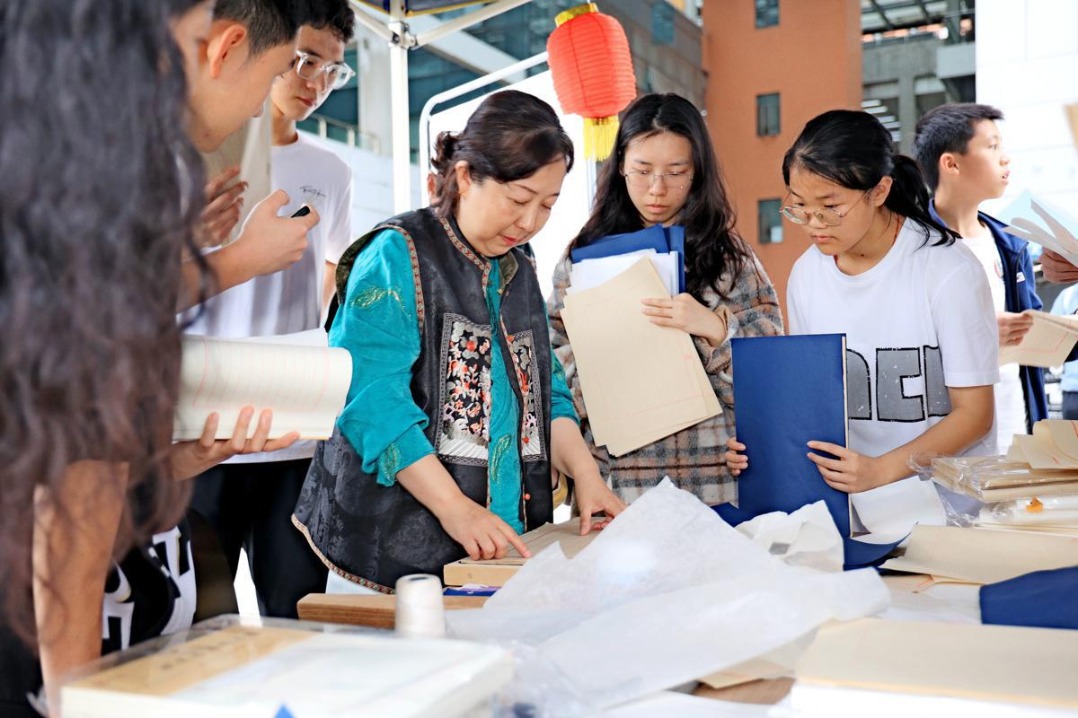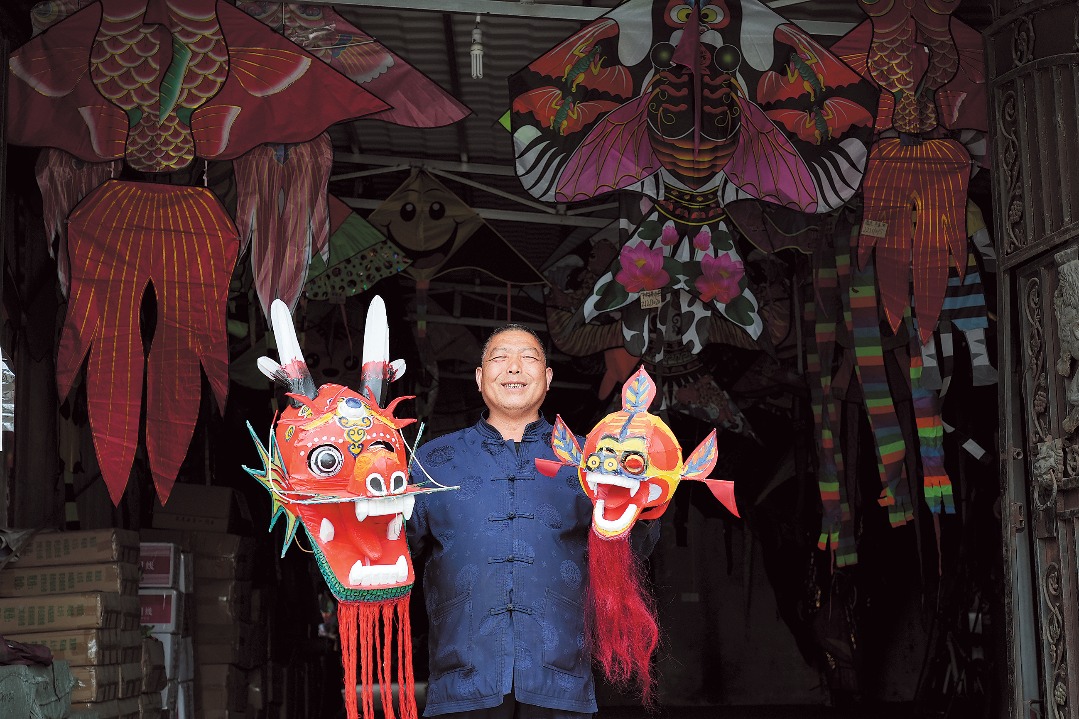Graduate school sets an example for reform

Over four decades of development, the graduate school at USTC has set a shining example for China's higher-education development and reform.
As a top research university in China, USTC has been hailed as "cradle of scientific elites". It has made numerous bold moves to promote education reform and boost scientific and technological innovation.
In 1978, USTC became the first university in China to establish a school for graduates, eight years after it moved from Beijing to Hefei, Anhui province.
The graduate school was created to meet the nation's needs for high-level talent with strong research abilities for China's socioeconomic development, and to enhance the country's international competitiveness.
Since then, USTC has launched a series of unprecedented measures to develop graduate education and facilitate scientific breakthroughs.
"Synchronizing with China's reform and opening up, the development of USTC's graduate school over the past four decades mostly represents the country's exploration and endeavors in cultivating high-level professionals," said Gu Jibao, deputy director of the graduate school.
It was the first such institution in the country to develop an integrated talent training program, through a continuous master-doctor program and a similar bachelor-master-doctor program.
In the 1990s, the university took the lead in the country to carry out graduate academic reporting conferences, encouraging graduates to deepen their research work and produce high-level results.
USTC's core principle in its graduate programs has been to cultivate the "ability to independently carry out scientific research and international exchanges", Gu said.
"The education quality at USTC is in line with international standards. The graduates' (level) of academic research and innovation are well recognized (around) the world," he added.
The school's long-term development goal has been to create a first-class faculty with innovative abilities and international competitiveness, USTC officials said.
The university now has 646 professors and 729 associate professors, as well as 422 high-level professionals, such as members of the Chinese Academy of Sciences and Chinese Academy of Engineering, and those included in the Changjiang Scholars program - a national program for recognizing top scientists.
The university has also recruited overseas experts who are leaders in their fields.
With vast resources from the Chinese Academy of Sciences and its wide alumni network, USTC serves to offer students a wide range of high-level training, especially in emerging and interdisciplinary fields.
USTC's creation of various disciplines has gained wide recognition. So far, a total of 12 disciplines are included in the top 1 percent of the global ranking by Essential Science Indicators.
From 2008 to 2013, USTC was ranked No 1 among Chinese universities in the Nature Publishing Index China - a listing that tracks all research results published in Nature's journals.
"The spirit of innovation can be seen almost everywhere at USTC, and it has become a notable tag of the USTC culture. Such an innovation spirit comes from USTC's persistence in its mission since its establishment," said Bao Xinhe, president of the university.
- Chengdu man receives suspended sentence for buying endangered turtle specimen
- Wedding platform in china offers hefty salary for 'wedding surrogate' role
- Co-location boosts rural vitalization in Shandong
- New draft law requires improvement of energy development
- Chongqing Library expert educates students in book restoration techniques
- Xi Jinping on his love of books





































